Discover Nara: A Must-Visit Destination Near Osaka
Nara Kimono Experience & Tour
If you’re traveling to Osaka, we recommend visiting the ancient city of Nara—just about 45 minutes from Kintetsu Osaka-Namba Station to the final stop, Kintetsu Nara Station. Why not take a short trip to Nara along with your Osaka itinerary? Rent a kimono or yukata and take some beautiful photos to create lasting memories.
Sightseeing Itinerary Recommended by Sakura Kimono Kyoto
Please refer to this sample course when planning your travel schedule.
- 8:00 : Depart from Kintetsu Osaka-Namba Station
- 9:00 : Arrive at Sakura Kimono Kyoto to rent a kimono
- 10:00 : Stroll through Naramachi
- 11:30 : Visit Kofukuji Temple
- 13:30 : Explore Ukimido Pavilion
- 13:50 : Visit Kasuga Taisha Shrine
- 14:30 : Discover Todaiji Temple
- 16:00 : Walk up to Nigatsudo
- 17:00 : Return kimono at Sakura Kimono Kyoto
- 17:20 : Shop at Sanjo Street and Higashimuki Shopping Mall
- 17:50 : Depart from Kintetsu Nara Station
- 18:30 : Dinner at Tsuruhashi
Todaiji Temple (東大寺)
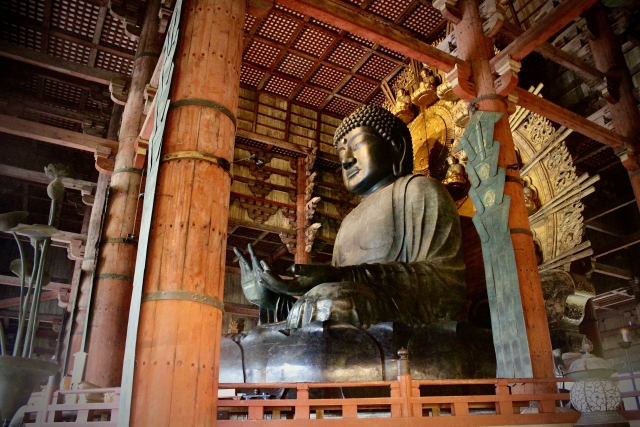
Todaiji Temple, famous for Nara’s Great Buddha Statue, is located about a 20-minute walk from Kintetsu Nara Station and is the head temple of the Kegon sect with a history of over 1,200 years.
Its principal image is Rushanabutsu, known as the “Great Buddha of Nara.” The existing statue was rebuilt in 1709 during the Edo period after many restorations, with only some original parts such as the lotus pedestal still intact. Todaiji was registered as a UNESCO World Heritage Site in 1998 as part of the “Historic Monuments of Ancient Nara.”
The massive wooden structures like the Nandaimon Gate and the Great Buddha Hall (Daibutsu-den) are truly awe-inspiring. The grounds also include multiple halls and the Todai-ji Museum, offering visitors a glimpse into the grandeur of ancient Japanese Buddhism.
Opening hours: 8:00–17:00 (November–March) / 7:30–17:30 (April–October)
Admission Fee (Cash only):
- Separate admission for each site: Adults (13+) – 800 JPY, Children (6–12) – 400 JPY
- Joint ticket for the Great Buddha Hall & Todai-ji Museum: Adults – 1200 JPY, Children – 600 JPY
Nigatsu-dō (二月堂)
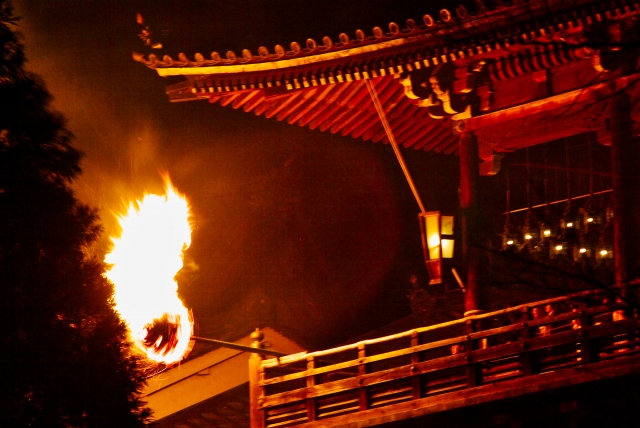
Located east of the Great Buddha Hall, Nigatsu-dō sits on the hillside of Mount Wakakusa and is one of Nara’s most historically significant sites. It is designated as a National Treasure of Japan.
The hall was originally built in the 8th century and later reconstructed in 1667 after a fire. It’s renowned for its Shuni-e Ceremony (also known as Omizutori), held annually in the second month of the lunar calendar, a tradition that has continued for over 1,200 years.
The wooden balcony offers panoramic views of Nara City and creates a tranquil atmosphere, making it an ideal stop for those seeking history and serenity.
Kōfuku-ji Temple (興福寺)
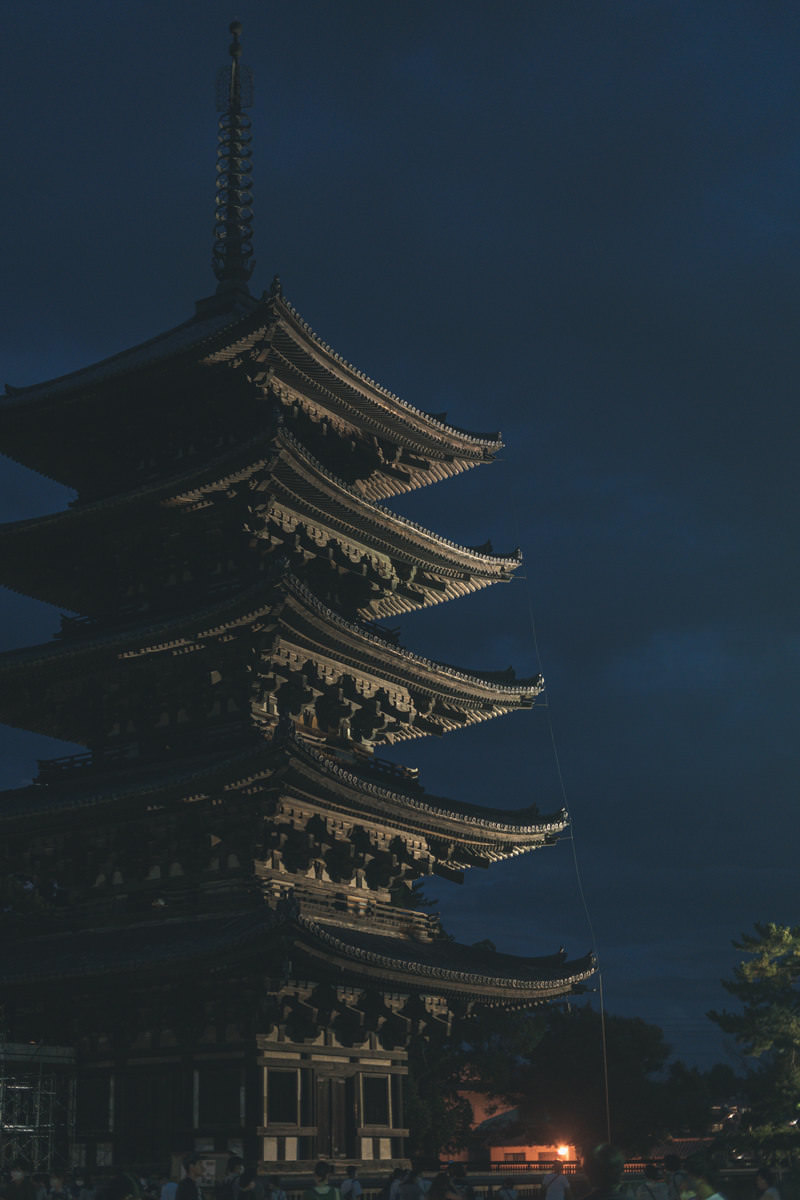
Kōfuku-ji is one of Nara’s most iconic temples and a designated UNESCO World Heritage Site. Originally built in 669 and moved to Nara in 710, it has a long and storied history.
The temple has suffered multiple fires over the centuries but has always been restored in the architectural style of the Nara period. The Octagonal Hall (Kudōkan-dō), which houses a statue by the master sculptor Unkei, is especially noted for its elegance and beauty—regarded as Japan’s most beautiful octagonal structure.
Opening hours: 9:00–17:00 (last entry at 16:45)
Kasugataisha Shrine (春日大社)
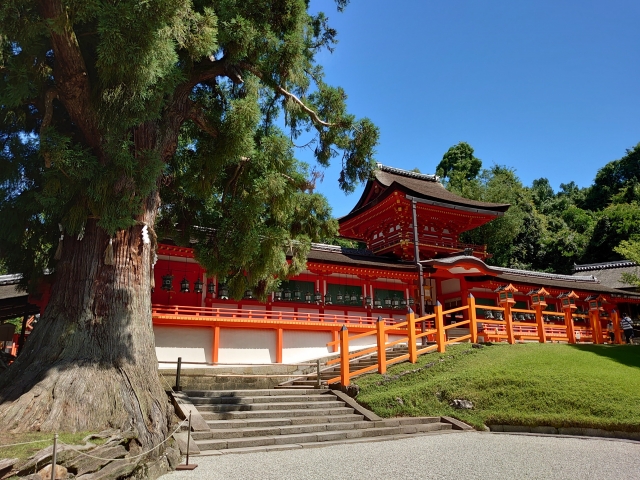
Designated as a UNESCO World Cultural Heritage Site, Kasugataisha Shrine has a history spanning over 1,300 years and serves as the head shrine of more than 3,000 Kasuga shrines throughout Japan.
The shrine’s vibrant vermilion buildings stand gracefully within a sacred primeval forest. Known as a famous spot for wisteria blossoms, the grounds also feature over 1,000 sacred deer that roam freely, symbolizing divine messengers.
Kasugataisha is also home to Japan’s largest collection of lanterns—approximately 2,000 stone lanterns and 1,000 hanging lanterns. These have been donated since the Heian period by nobles, samurai, and commoners as offerings for health, prosperity, and protection.
Every year during Setsubun (February) and in mid-August, all 3,000 lanterns are lit in a stunning event called “Mantōrō,” transforming the shrine into a magical, otherworldly space.
The Kasugataisha Museum displays about 3,000 National Treasures and Important Cultural Properties, while the Manyo Botanical Garden showcases seasonal flora mentioned in Japan’s oldest poetry collection.
Main Sanctuary: 6:30–17:30 (7:00–17:00 from November to February)
Museum: 10:00–17:00 (last admission 16:30)
Manyo Botanical Garden: 9:00–16:30 (until 16:00 in winter)
Ukimidō (浮見堂)
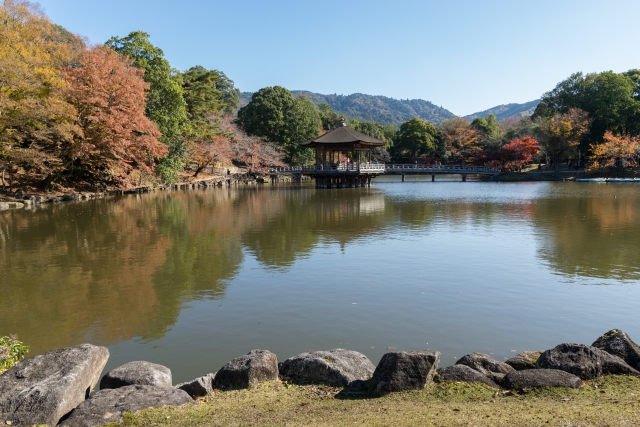
Ukimidō is a picturesque hexagonal wooden pavilion floating on Sagi Pond in the heart of Nara Park. The scenic architecture blends seamlessly with the surrounding nature, offering a peaceful retreat for visitors.
It is a popular spot to enjoy cherry blossoms in spring and vivid maple leaves in autumn. During summer, visitors can enjoy boat rides on the pond and take in the tranquil scenery.
From mid-July to late September (19:00–22:00), the pavilion is beautifully illuminated along with landmarks like Todai-ji and the Kōfuku-ji five-story pagoda, creating a dreamlike nighttime view.
A visit to Ukimidō offers a calm, elegant moment in contrast to the grand temples and shrines nearby.
Yuugayamaenchi (瑜伽山園地)
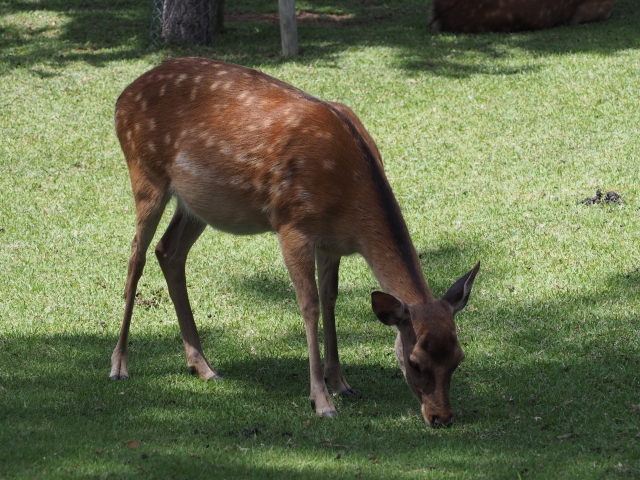
Located just south of Ukimido and Sagi Pond, Yuugayamaenchi is a scenic garden area in Nara Park that covers approximately 1.3 hectares. Known for its tranquility and seasonal beauty, it’s perfect for peaceful walks and light hikes.
This spot was once the villa of Mr. Yoshirobe Yamaguchi, a prominent businessman in the Osaka region during the Meiji and Taisho periods. The garden features traditional landscaping, stone lanterns, and a sense of refined serenity.
There is also a teahouse called “Takuan” available by reservation for tea gatherings and quiet moments. Yuugayamaenchi is designated as part of Japan’s nationally recognized scenic property: Nara Park, Place of Scenic Beauty.
Entry is from the south side of Ukimido and Sagi Pond. Take a deep breath and enjoy the peaceful harmony between nature and traditional design.
Gangoji Temple (元興寺)
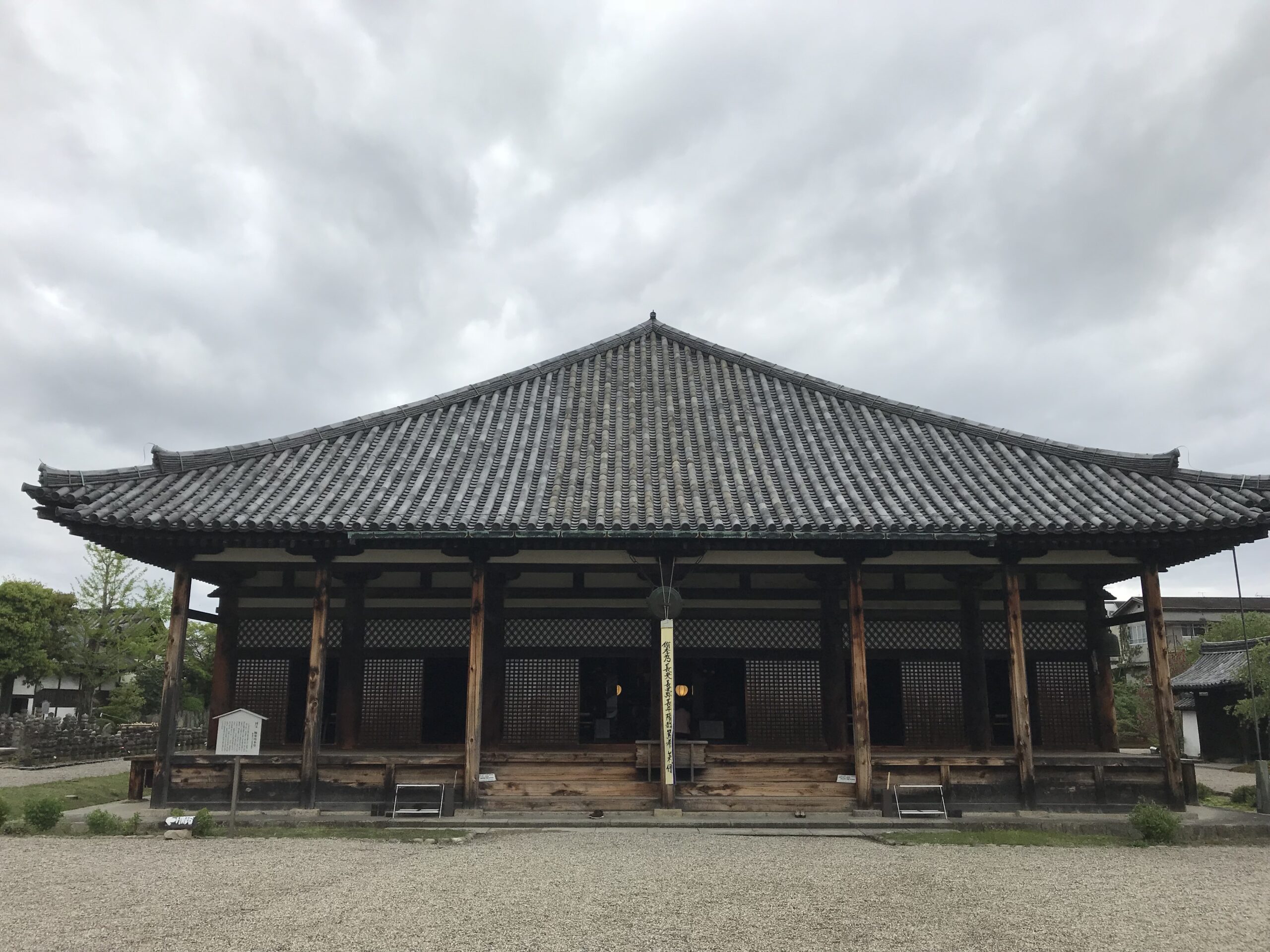
A UNESCO World Heritage Site and National Treasure, Gangoji Temple is one of the oldest temples in Japan, with roots tracing back over 1,300 years. It was originally founded as Asuka-dera (also known as Hōkō-ji), Japan’s first Buddhist temple, before being relocated and renamed during the move to Heijō-kyō (Nara).
Gangoji is regarded as one of the Seven Great Temples of Nanto. While modest in appearance, its architecture and layout reflect profound spiritual and cultural values. Inside, visitors can discover mandala art and encounter whimsical ogre statues hidden throughout the grounds.
This temple offers a quiet, contemplative atmosphere, distinct from the larger, more crowded temples nearby—a must-visit for those interested in the origins of Buddhism in Japan.
Yoshikien Garden (吉城園)
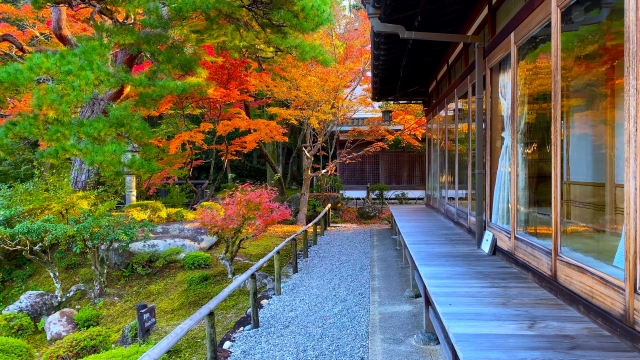
Yoshikien is a traditional Japanese garden named after the Yoshikigawa River that flows nearby. Located in central Nara, it’s a peaceful retreat close to popular attractions like Tōdaiji and Kōfukuji Temples.
The garden spans about 8,900 square meters and is divided into three unique sections:
- Pond Garden: A serene area centered around a reflective pond.
- Moss Garden: Carpeted with lush moss and accented by elegant stones and trees.
- Tea Ceremony Flower Garden: Designed for tea gatherings and adorned with seasonal blooms.
Just across the river is Isuien Garden, making Yoshikien a perfect starting point for those interested in exploring traditional Japanese landscaping. It’s a hidden gem offering calm, beauty, and cultural insight.
Sanjo Dori Shopping Street
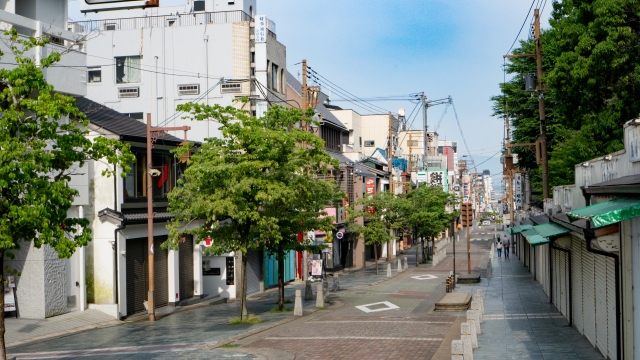
Sanjo-dori Street is a delightful place to experience Japanese culture, crafts, and local specialties. It runs up the hill from JR Nara Station towards Sarusawa Pond and Nara Park. It’s the main shopping street in Nara City, lined with shops selling souvenirs, arts, crafts, clothing, kimonos, traditional Japanese snacks, and decorations, restaurants, and hotels. You’ll inevitably stroll along Sanjo-dori during your visit. As you walk along the shopping street, you will find Nakatanido, a very famous mugwort rice shop in Nara Prefecture, and right next to it is the kimono rental shop Sakura Kimono Kyoto.
Naramachi
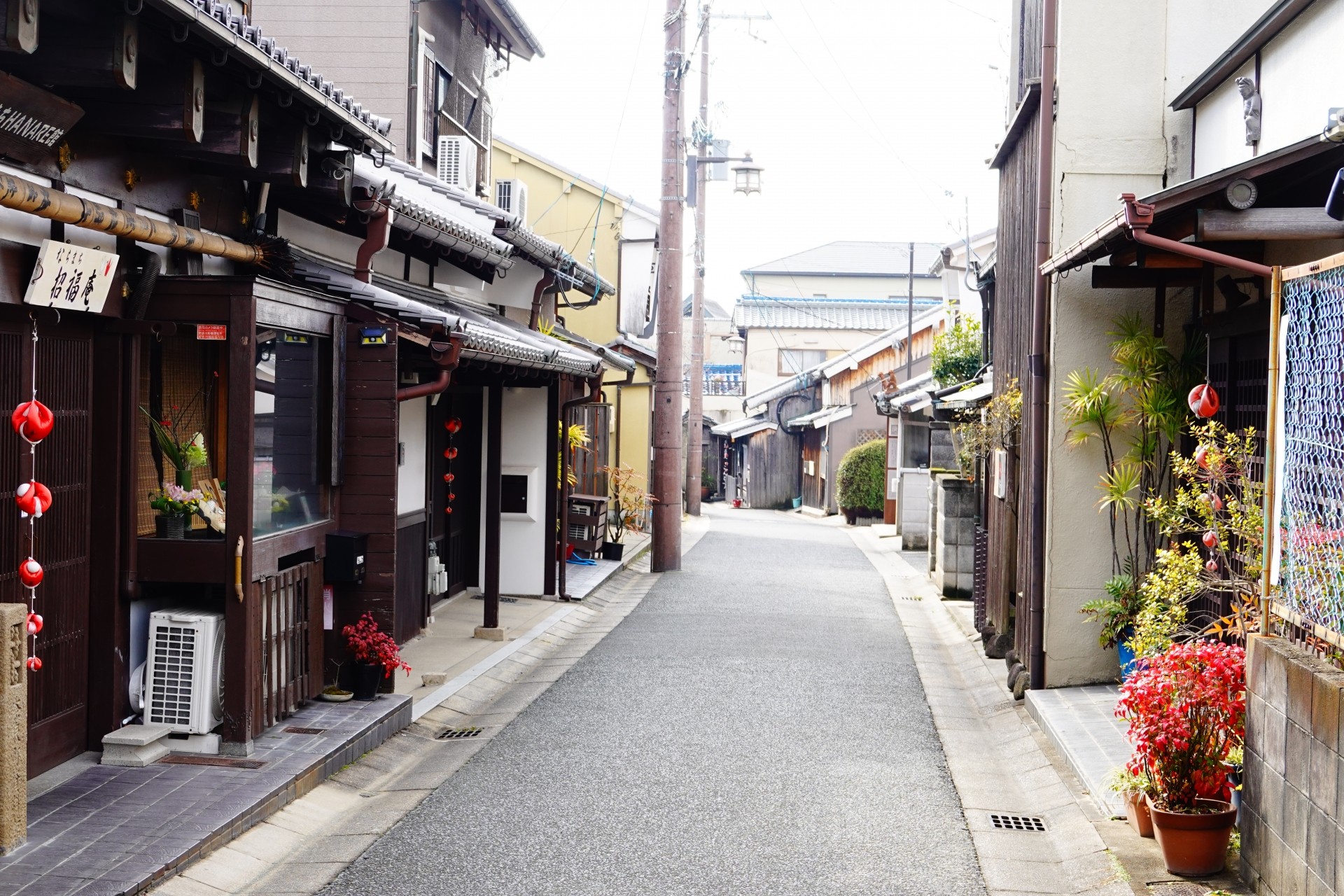
Located right next to Nara Park, this is a street where you can experience the streets of the Edo and Meiji eras. Most of the stores are built from renovated old houses, and there are many cafes and general stores, making it a place with many things to see and do. Among them, each house is open to the public for free and is a place where you can experience the lifestyle and architectural style of the old Japanese people. This is also in Naramachi. Why not take a photo while feeling the emotions of the Edo people against the background of a street scene that seems to have taken you back to the Edo period?
Sarusawa Pond (猿沢池)

Sarusawa Pond (猿沢池) is a picturesque artificial pond located within Nara Park in Nara, Japan. It has a circumference of approximately 360 meters. The five-storied pagoda of Kofuku-ji Temple and the surrounding willow trees beautifully reflect on its surface, making it one of the Eight Views of Nara. According to legend, during the Nara Period, a court maid tragically drowned herself in the pond after falling out of favor due to a love affair with an emperor. The pond offers stunning views and is a serene spot to visit in Nara.
Toukae(燈花会)
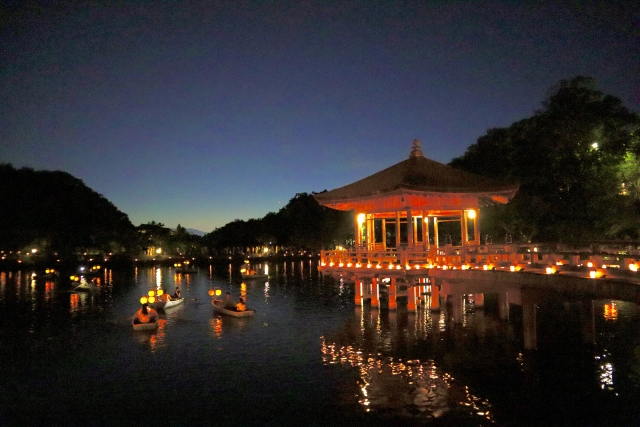
Nara Tokae is a beautiful lantern festival held in the ancient city of Nara, Japan. It takes place during the first ten days of August each year. It is held in various areas within Nara Park, including Ukigumo-enchi, Sarusawa Pond, Kofuku-ji Temple, Todai-ji Temple, and Kasuga Taisha Shrine to illuminate the historic city of Nara with the gentle glow of candlelight.
The name “Tokae” refers to the flower-like shape formed at the tip of a candle wick. It is considered auspicious when this shape appears. Tens of thousands of candles are lit, creating a magical atmosphere throughout the park and surrounding temples and shrines. If you’re in Nara during early August, it is highly recommended experiencing the Nara Tokae festival wearing yukata — it’s a captivating celebration that adds a warm glow to the historic cityscape!
August 5th to 14th, 7:00 pm to 9:30 pm in 2025
